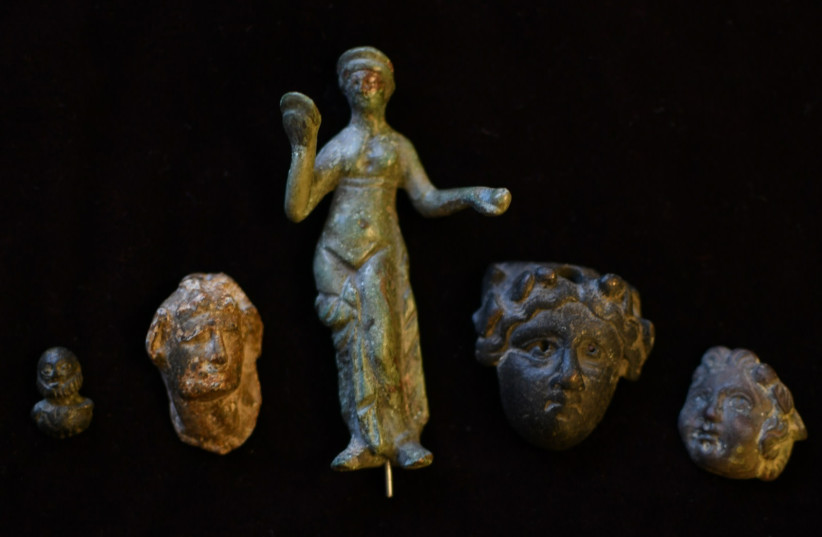By JERUSALEM POST STAFF - Yesterday
Potentially contradicting the belief that personality traits are resistant to environmental conditions, a new study found that the COVID-19 pandemic may have changed the course of personality development in the United States, especially among young adults.

Neurons in the brain© (photo credit: PIXABAY)
In the peer-reviewed study, published in PLOS ONE journal by researchers from the Florida State University College of Medicine, researchers analyzed assessments of personality from 7,109 people, comparing the personality traits neuroticism, extraversion, openness, agreeableness and conscientiousness.
While the researchers found few changes between pre-pandemic personality traits and personality traits in 2020, with just a minimal decrease in neuroticism, they found significant declines in extraversion, openness, agreeableness and conscientiousness from the pre-pandemic period to 2021 and 2022.
The personality changes measured about one-tenth of a standard deviation, equivalent to about 10 years of normal personality change.
Differences between younger and older adults

SARS-CoV-2, the novel coronavirus behind COVID-19 (Illustrative).
credit: fusion medical animation/unsplash
The researchers found that younger adults' maturity was disrupted, leading to increased neuroticism and decreased agreeableness and conscientiousness, while the oldest group of adults showed no significant change in personality.
“There was limited personality change early in the pandemic but striking changes starting in 2021,”Study
The study authors noted that if such changes in personality continue, it would indicate that large-scale stressful events can change the trajectory of personality changes, especially in young adults.
“There was limited personality change early in the pandemic but striking changes starting in 2021,” the study read. “Of most note, the personality of young adults changed the most, with marked increases in neuroticism and declines in agreeableness and conscientiousness. That is, younger adults became moodier and more prone to stress, less cooperative and trusting, and less restrained and responsible.”
The researchers found that younger adults' maturity was disrupted, leading to increased neuroticism and decreased agreeableness and conscientiousness, while the oldest group of adults showed no significant change in personality.
“There was limited personality change early in the pandemic but striking changes starting in 2021,”Study
The study authors noted that if such changes in personality continue, it would indicate that large-scale stressful events can change the trajectory of personality changes, especially in young adults.
“There was limited personality change early in the pandemic but striking changes starting in 2021,” the study read. “Of most note, the personality of young adults changed the most, with marked increases in neuroticism and declines in agreeableness and conscientiousness. That is, younger adults became moodier and more prone to stress, less cooperative and trusting, and less restrained and responsible.”














.jpg)